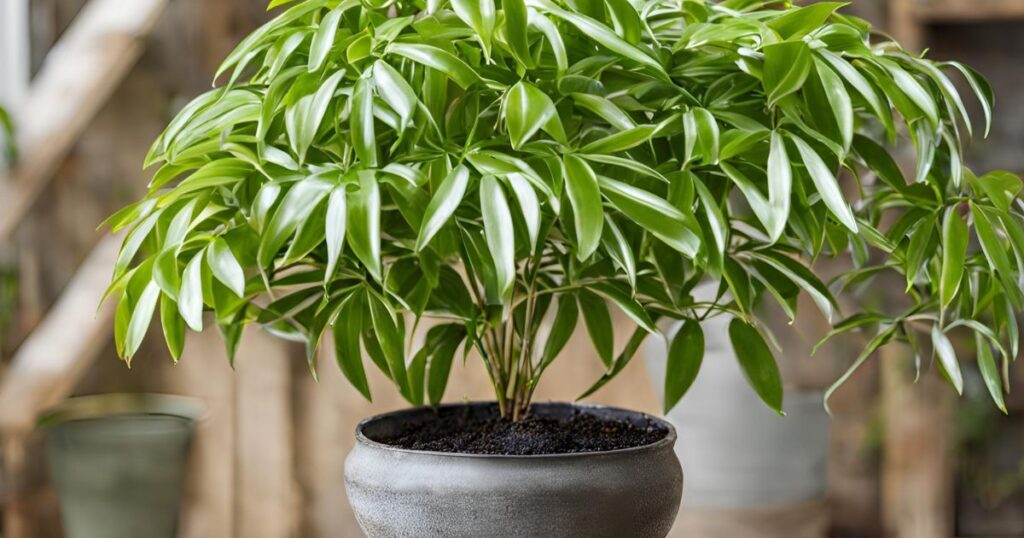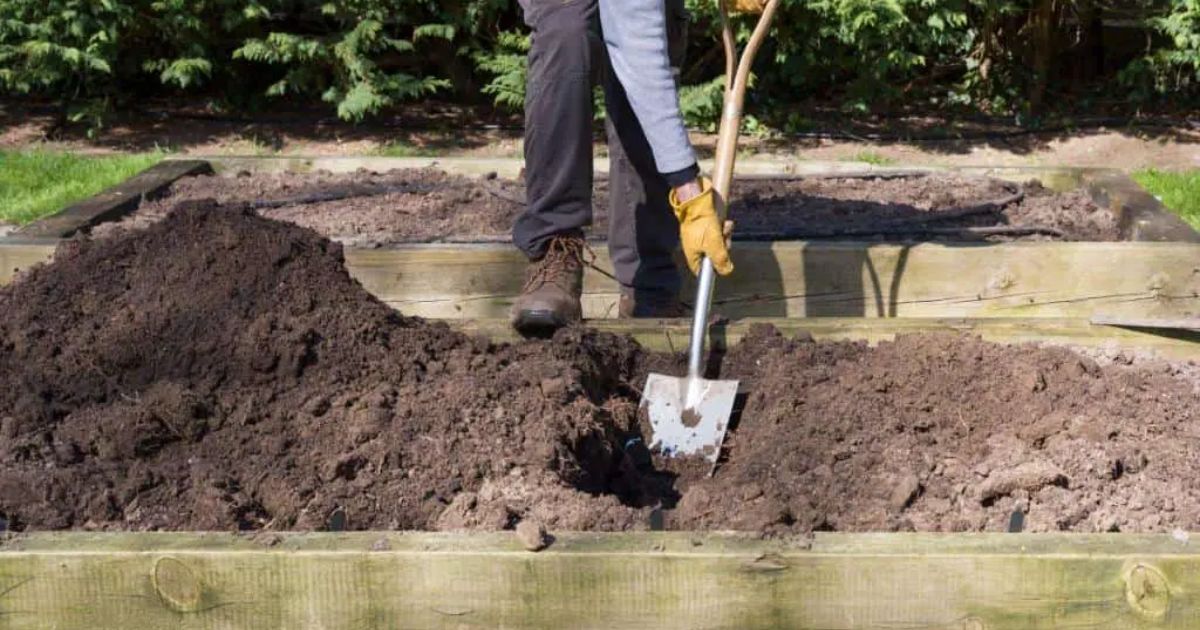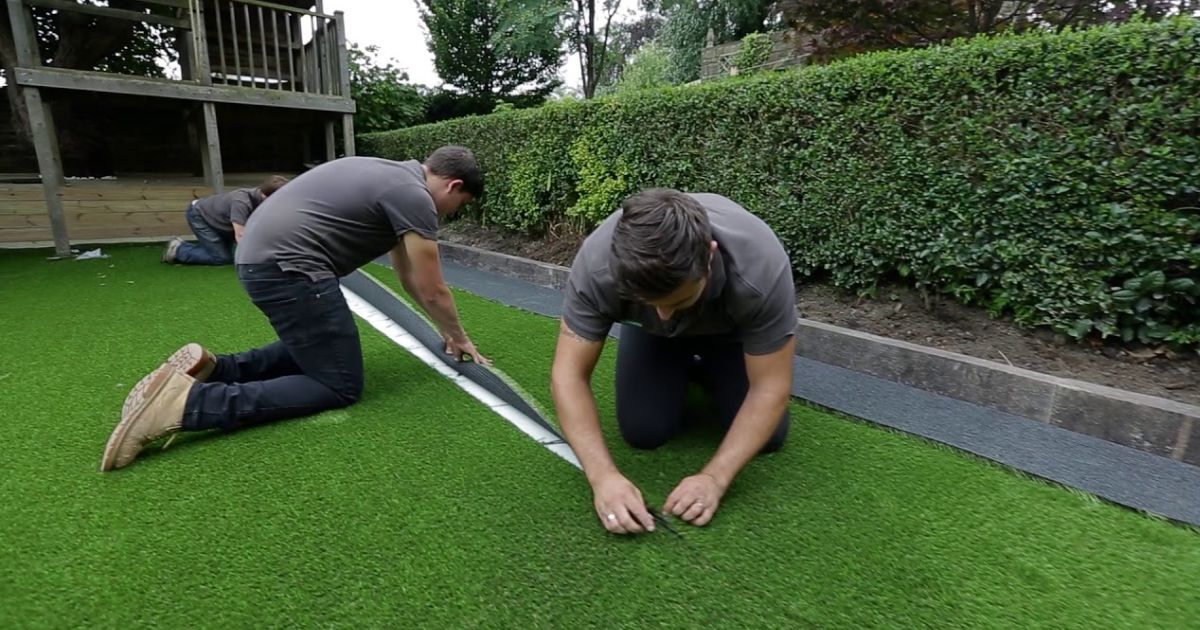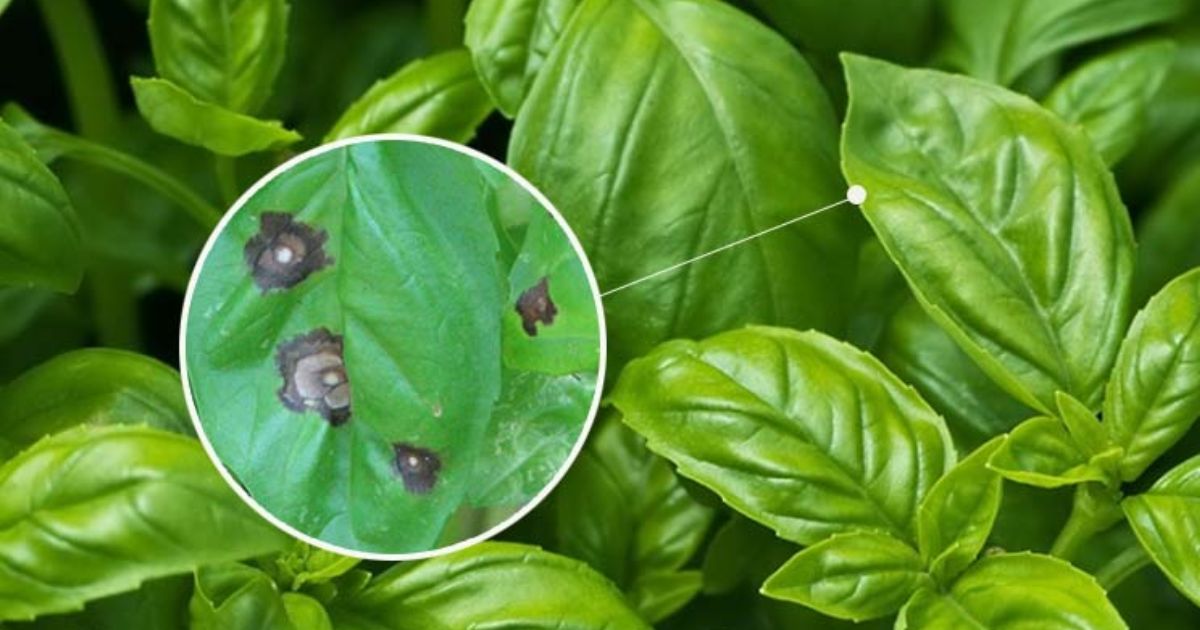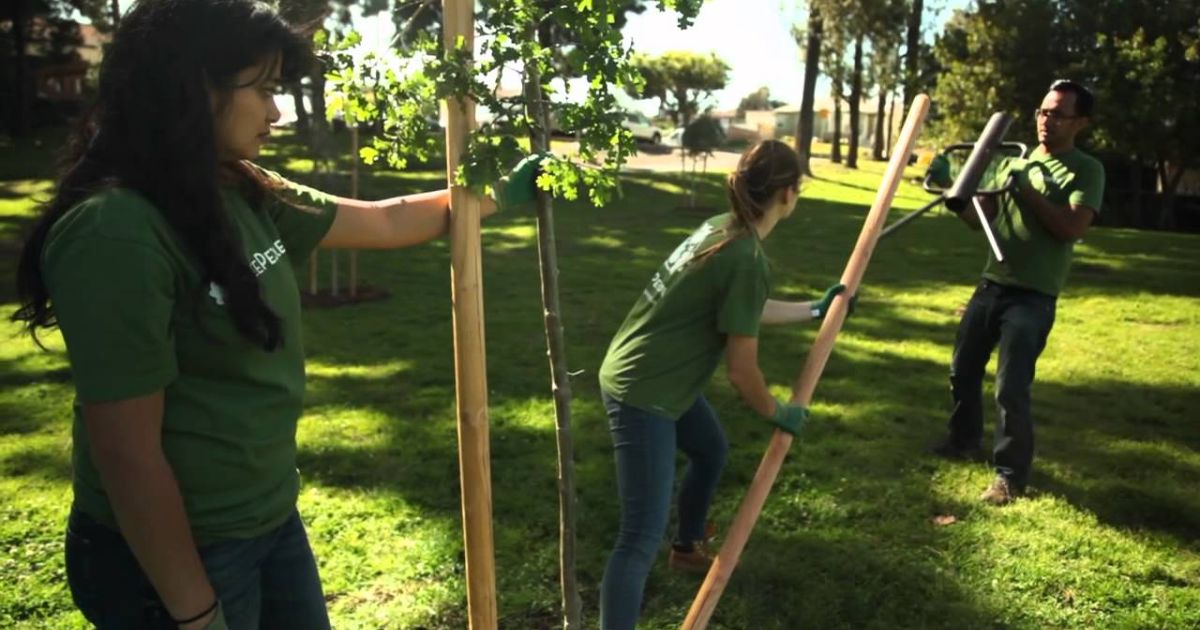The umbrella plant (Schefflera), renowned for its distinctive, glossy foliage that radiates like the spokes of an umbrella, has become a cherished choice among houseplant enthusiasts. Its aesthetic appeal, coupled with its adaptability, makes it a favoured addition to many interiors.
This thorough manual will explore the fundamentals of How to grow and care for umbrella plant . From understanding its natural habitat and preferred growing conditions to mastering watering routines and propagation techniques, this post will show you how to develop a thriving umbrella plant in your home.
Understanding the Umbrella Plant
The umbrella plant, Schefflera, encompasses several species that are appreciated for their ornamental foliage and adaptability as houseplants. Understanding the distinctions between the primary species and their natural environments can yield important information on their care requirements.
Varieties:
- Schefflera actinophylla: The Australian umbrella tree care is another name for it, this species is native to tropical rainforests and gallery forests on the northern and northeastern Queensland coasts, the Northern Territory of Australia, New Guinea and Java. With palmately complex medium green leaves arranged in clusters of seven leaflets, this evergreen tree can reach a maximum height of fifteen meters. The plant produces racemes up to 2 meters long containing numerous small red flowers.
- Schefflera arboricola: Commonly referred to as the dwarf umbrella tree, this species is native to Hainan Province, China, and Taiwan. How to Care for Golden Pothos in Water and Soil It is an evergreen shrub that typically reaches 8–9 meters tall. The palmately complex leaves have seven to nine leaflets that are leathery in texture and shiny green. The plant produces small umbels of yellow to green flowers, followed by inedible fruits that various birds or other animals may consume.
Common Cultivars and Their Unique Features:
- ‘Gold Capella’: A popular cultivar of Schefflera arboricola, ‘Gold Capella’ is known for its variegated leaves featuring creamy-yellow patterns. These leaves add a vibrant touch to indoor spaces. This cultivar has gained the Royal Horticultural Society’s Award of Garden Merit.
- ‘Trinette’: Another variegated form of Schefflera arboricola, ‘Trinette’ displays leaves with creamy-white margins that strikingly contrast the green centres.
Natural Habitat:
Understanding the native environments of these species aids in replicating optimal growing conditions.
- Schefflera actinophylla: Thrives in tropical rainforests and gallery forests, often growing as a hemiepiphyte on other rainforest trees. It prefers warm, humid climates with well-drained soils.
- Schefflera arboricola: Found in the subtropical regions of China and Taiwan, this species grows as an evergreen shrub, free-standing or as an epiphyte clinging to the trunks of other trees. Why Fall is the Best Time to Plant Trees It favours warm temperatures and high humidity levels.
By recognizing these natural habitats, gardeners can better simulate the conditions that umbrella plants need to flourish indoors or in suitable outdoor environments.
Types of Umbrella Plants
Umbrella plants are popular ornamental plants known for their lush, umbrella-like leaf arrangements. The term “umbrella plant” can refer to several species, but the most common are from the Schefflera and Cyperus genera.
1. Schefflera arboricola (Dwarf Umbrella Tree):
This is the most popular indoor umbrella plant. It features glossy green leaves that spread out like umbrella spokes. Variegated varieties have yellow or cream markings and thrive in bright, indirect light.
2. Schefflera actinophylla (Australian Umbrella Tree):
Larger than S. arboricola, this plant can grow into a small tree and is often used in landscapes in warm climates. It has long, glossy leaflets and can produce red, tentacle-like flowers outdoors.
3. Cyperus alternifolius (Umbrella Papyrus):
Also called Umbrella Sedge, this plant has tall, thin stems with umbrella-shaped leaf clusters. It thrives in moist or aquatic environments, Bare Root Strawberries: When and How to Plant for a Bountiful Harvest perfect for ponds or water gardens.
4. Heptapleurum species (formerly grouped under Schefflera):
Some umbrella-like plants have been reclassified under this genus but still retain the distinctive umbrella-style foliage.
Optimal Growing Conditions
To ensure the healthy growth of your umbrella plant care (Schefflera), it’s essential to provide optimal growing conditions that mimic its natural habitat.
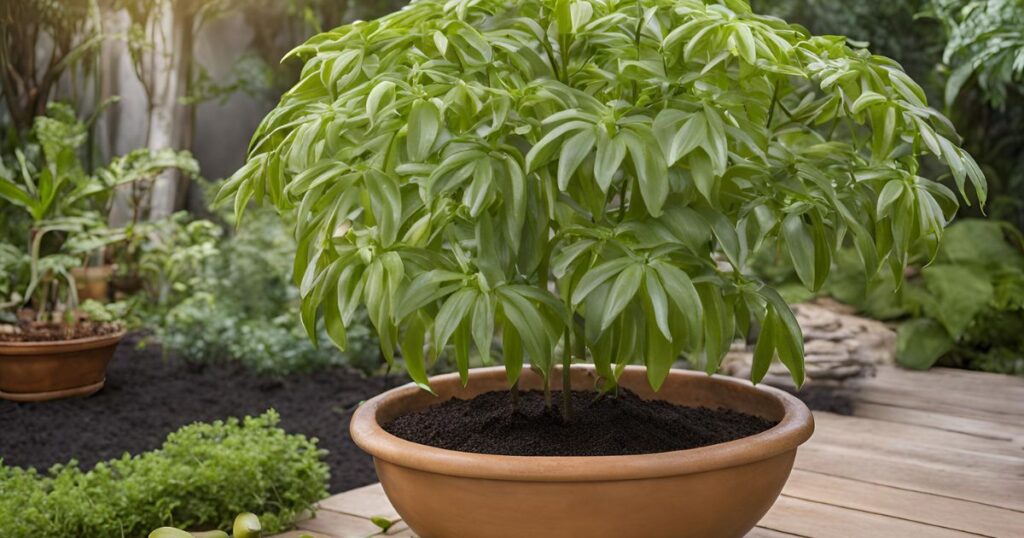
Light Requirements:
Umbrella plants thrive in dazzling indirect light. They can withstand moderate direct sunshine, particularly during morning or late afternoon hours, but prolonged exposure to intense midday sun can scorch their leaves. The plant may grow slower in lower light conditions and become leggy, with elongated stems and sparse foliage. If natural light isn’t enough to encourage a fuller appearance, consider adding artificial grow lights.
Temperature and Humidity:
These tropical plants like temperatures ranging from 15°C to 24°C (60°F to 75°F). Because they are cold-sensitive, they should be shielded from temperatures below 55°F (13°C). Scheffleras adapt well to average indoor humidity levels but will benefit from occasional misting or the use of a humidity tray, especially during dry winter months.
Soil Preferences:
Plant your umbrella plant in a well-draining potting mix to prevent root rot. Combining peat moss, pine bark, coarse sand, or perlite ensures proper drainage and aeration. Furthermore, a pot with drainage holes is essential for letting extra water out and maintaining the ideal moisture balance for the plant’s roots.
Your schefflera bonsai tree will thrive by providing these optimal conditions, showcasing its lush, glossy foliage and robust growth.
Watering and Feeding
Watering and feeding must be done correctly for the health and vigour of your schefflera actinophylla umbrella tree (Schefflera). Following these recommendations can help you maintain optimal growth and attractiveness.
Watering Guidelines:
- Frequency: Let the top inch of soil dry out in between waterings. This practice helps prevent overwatering, a common cause of root rot.
- Method: Water thoroughly until excess moisture drains from the bottom of the pot. Ensure the pot has drainage openings to maintain proper drainage.
- Caution: Avoid letting the plant sit in standing water, which can lead to root rot.
Fertilization:
- Growing Season: During the active spring and summer growth, feed your umbrella plant with a balanced liquid houseplant fertilizer. Dilute the fertilizer to half strength and apply it every 4-6 weeks.
- Dormant Period: When the plant’s growth slows in fall and winter, reduce or stop fertilization. Overfertilizing at this time can harm the plant and cause nutrient imbalances.
Following these watering and feeding practices will give your umbrella plant the necessary nutrients and moisture to thrive, ensuring lush, healthy foliage throughout the year.
Pruning and Maintenance
Frequent upkeep and pruning are essential for promoting robust development and preserving the visual appeal of your umbrella plant (Schefflera). Proper pruning techniques and routine cleaning can significantly enhance the plant’s vitality and appearance.
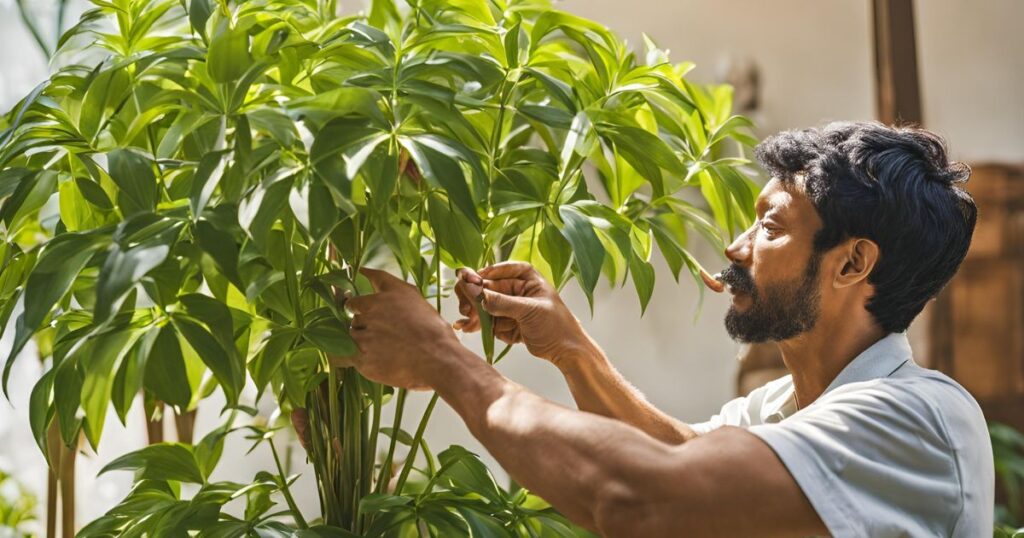
Pruning Techniques:
- Encouraging Business: To promote a fuller, bushier appearance, remove leggy growth by cutting back elongated stems just above a node (the point where leaves attach). This encourages the development of new branches on the plant from the cut area, leading to a denser canopy.
- Controlling Height and Shape: Regularly trim the plant to maintain its desired size and shape. Cut back overgrown stems to a healthy bud or node to direct growth and prevent the plant from becoming too tall or unruly. Use sharp, clean pruning tools to make precise cuts and reduce disease risk. strawberry breeds
Cleaning:
- Leaf Maintenance: Dust accumulation on leaves can hinder photosynthesis and attract pests. Using a damp towel, wipe the leaves to retain them shiny and dust-free. Additionally, routine cleaning makes early disease or pest identification possible.
By incorporating these pruning and maintenance practices into your care routine, your umbrella plant will thrive, showcasing its lush foliage and robust growth.
Repotting and Propagation
Repotting and propagation are vital for keeping your umbrella plant healthy and vibrant (Schefflera). Understanding when and how to report effective propagation methods can significantly enhance your plant’s growth and longevity.
Repotting:
Signs Indicating the Need for Repotting:
- Root Protrusion: If you notice roots growing through the pot’s drainage holes, it indicates that the plant has outgrown its container.
- Stunted Growth: A sudden halt in growth or smaller-than-usual leaves can indicate that the plant’s roots have become cramped.
- Soil Degradation: Soil that dries out quickly or has a compacted texture may no longer provide adequate aeration and nutrients.
Steps for Repotting:
- Choose the Right Pot: To allow for root development, choose a pot that is 1-2 inches wider than the existing one. Make sure it has drainage holes to avoid waterlogging.
- Prepare the Soil: To encourage the growth of healthy roots, use a well-draining potting mix, such as a combination of peat moss, pine bark, and coarse sand.
- Remove the Plant: Gently remove the umbrella plant from its current pot, being cautious not to damage the roots.
- Inspect and Prune: Examine the roots for any signs of rot or disease. Trim away any unhealthy roots with sterilized scissors.
- Repotting: Place a fresh soil layer at the new pot’s bottom. Place the plant in the middle and around it with fill. To get rid of air pockets, cover the roots with soil and gently press.
- Watering: After repotting, give the plant plenty of water to settle the soil and help it acclimate to its new environment.
Propagation Methods:
Propagation Through Stem Cuttings:
- Select a Healthy Stem: Choose a stem that is at least as thick as a pencil and has several leaves.
- Cutting Preparation: Cut a 4-6 inch section below a leaf node using sterilised scissors or pruning shears.
- Remove Lower Leaves: Remove the lowest leaves, leaving at least one set of leaves at the top.
- Optional Rooting Hormone: Dip the cut end into rooting hormone to encourage root development.
- Planting: Place the clipping in a pot with adequately draining potting mix.
- Humidity and Light: Cover the pot with a plastic bag and keep it moist by exposing it to bright, indirect light.
- Watering: Don’t let the soil get saturated, but keep it regularly damp.
- Root Development: After 4-6 weeks, gently tug the cutting to check for resistance, indicating root growth.
- Transplanting: Once roots are established, transplant the new plant into a larger pot.
Adhere to these repotting and propagation guidelines to ensure your umbrella tree plant care collection’s continued health and expansion. banana flower side effects
Common Problems and Solutions
Maintaining your umbrella plant’s (Schefflera) health involves vigilance against common pests, diseases, and growth issues. Understanding these challenges and implementing practical solutions can keep your plant vibrant and thriving.
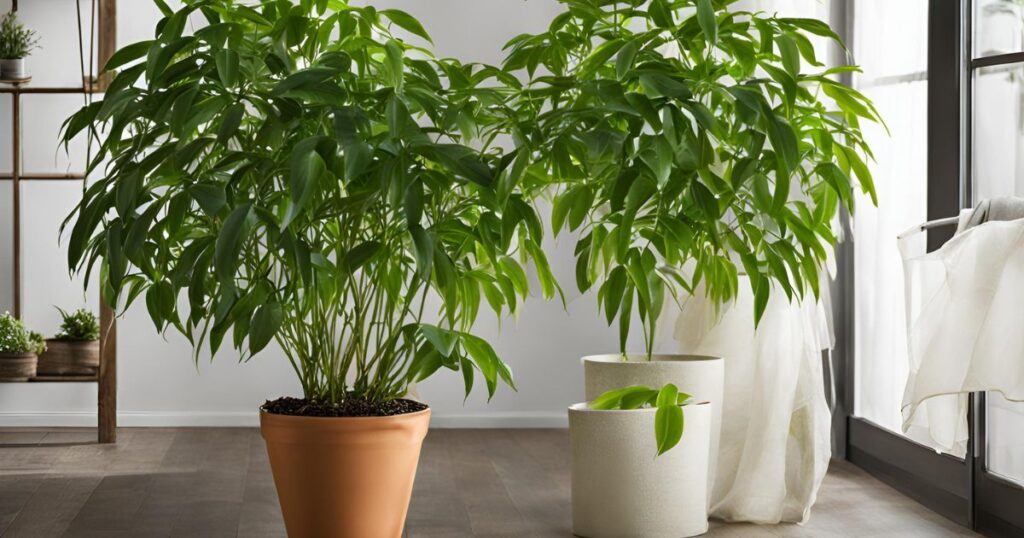
Posts:
Spider Mites:
These microscopic arachnids consume the sap of umbrella plant leaves, causing them to become stippled or discoloured. You might also observe delicate webs underneath the leaves. To treat spider mites, gently wipe the affected Using a moist cloth, wipe the leaves and add neem oil spray or insecticidal soap.
Mealybugs:
Mealybugs are small, soft-bodied insects that suck sap from umbrella plant stems and leaves, causing them to become distorted or yellowed. You may also notice white, cottony masses on the plant. To treat mealybug infestations, Apply insecticidal soap or neem oil spray, or To remove the insects, Use rubbing alcohol-dipped cotton swabs.
Insects with scale:
Scale insects are tiny, oval-shaped pests that attach themselves to umbrella plant stems and leaves, sucking sap and causing yellowing or wilting. You might also observe gooey honeydew excretions on the plant. To treat scale infestations, gently scrape the insects off with a soft brush or cloth and apply insecticidal soap or neem oil spray.
Diseases:
Root Rot:
A fungus called root rot is brought on by over irrigation or poorly drained soil. It leads to the decay of umbrella tree care. Symptoms include yellowing or wilting leaves, stunted growth, and foul-smelling soil. To treat root rot, carefully remove the affected plant from its pot, How to Grow Calathea Indoors: Expert Tips for Lush Foliage trim away any rotted roots, and plant it again in new soil that drains well.
Leaf Spot Diseases:
Leaf spots are a common issue for dwarf umbrella tree propagation and can be caused by various fungal and bacterial infections. These spots can range from minor and brown to extensive and yellow, spreading quickly if not addressed. To manage leaf spots, remove and destroy infected leaves, increase the plant’s air circulation, and avoid giving it aerial water.
Leaf Drop and Discoloration:
Overwatering:
Overwatering can lead to several issues, including leaf drop, wilting, yellow leaves, and compacted soil. To prevent overwatering, check soil moisture before watering, use deep watering techniques, ensure proper drainage, and modify watering schedules according to weather and plant kind.
Low Light:
Leaves that receive too little light may turn yellow and fall. Ensure your umbrella plant receives bright, indirect light to maintain its health. how far apart to plant strawberries
Temperature Fluctuations:
Sudden temperature changes can stress the plant, leading to leaf drop and discolouration. To promote optimal growth, maintain a consistent temperature range of 15°C to 24°C (60°F to 75°F).
You can maintain a healthy and thriving umbrella plant by proactively addressing these common issues.
Toxicity Warning
Insoluble calcium oxalate crystals found in amazing arboricola plant (Schefflera) can be poisonous to both people and dogs if consumed. Any portion of the plant can cause symptoms like drooling, vomiting, difficulty swallowing, and irritation of the mouth.
Safety Precautions:
- Placement: Keep umbrella plants out of reach of children and pets to prevent accidental ingestion.
- Awareness: Educate family members and visitors about the potential risks associated with the plant.
By following these guidelines, you can appreciate the splendor of your umbrella plant while ensuring the safety of those around you.
Conclusion
Cultivating a healthy and thriving umbrella plant (Schefflera) requires attention to its specific care needs, including optimal lighting, appropriate watering, regular feeding, and timely repotting. Following these guidelines, you can enjoy this versatile plant’s aesthetic appeal and air-purifying benefits.
Remember to keep your umbrella plant out of reach of children and pets, as it contains compounds that can be toxic if ingested. Proper care and precautions allow your umbrella plant to flourish, enhancing your living space with its lush greenery and contributing to a healthier indoor environment.
FAQs:
1. What are the light requirements for an umbrella plant?
Umbrella plants (Schefflera) thrive in bright, indirect light. Although they can withstand a certain amount of direct sunlight, extended exposure may lead to leaf scorch. Positioning your plant near an east-facing window or where light reflects off white or cream-coloured walls is ideal.
2. How often should I water my umbrella plant?
When you feel that the top inch of soil is dry, water your umbrella plant. Overwatering can lead to root rot, To avoid water buildup, make sure the pot has drainage holes. Watering once a week is typically sufficient during the growing season (spring and summer), but adjust based on your home’s conditions.
3. What type of soil is best for an umbrella plant?
A well-draining potting mix is essential. A standard mix containing peat moss is suitable. Alternatively, a blend of 2 parts peat moss, 1 part ground pine bark, and 1/3 part coarse builder’s sand provides excellent drainage.
4. How can I prevent pests like spider mites and scale insects?
High humidity levels can deter pests such as spider mites and scale insects. Using a moist towel to wipe the leaves and occasionally misting the plant can help. If an infestation occurs, treat it promptly with appropriate insecticidal soap or neem oil.
5. When should I repot my umbrella plant?
Report your umbrella plant every 2-3 years or when it outgrows its current pot. Signs that repotting is needed include roots growing through drainage holes or the plant becoming top-heavy. Use a fresh potting mix that drains appropriately. Select a container that is between one and two inches bigger than the one you already have.

